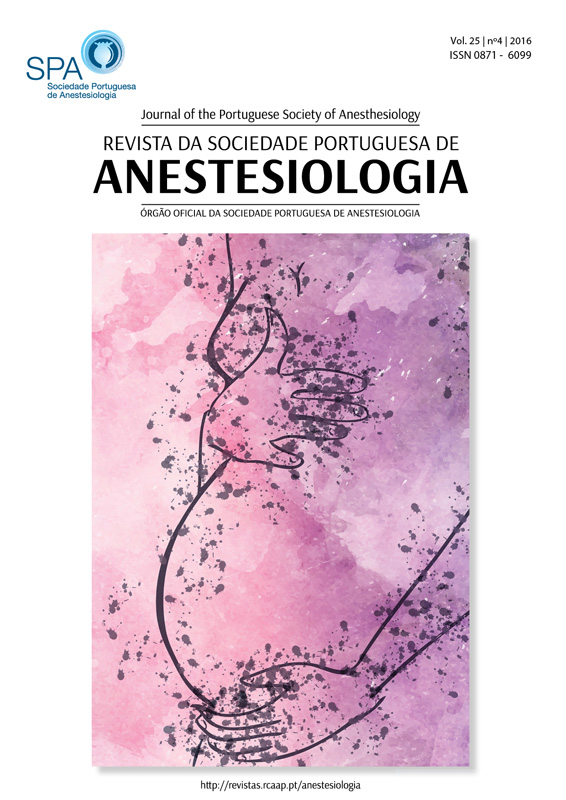Postpartum cavernous sinus thrombosis after a spinal anesthesia
DOI:
https://doi.org/10.25751/rspa.7692Keywords:
Anesthesia, Spinal, Cavernous Sinus Thrombosis, Headache, Post-Dural Puncture Headache, Postpartum Period, Puerperal DisordersAbstract
Headache is a common symptom in the postpartum period. Lately, there has been a raise in the number of regional analgesic and anesthetic techniques for delivery, raising the risk of post dural punction headache. However, the differential diagnosis of postpartum headache is extremely important, since non-recognized thrombotic phenomena can bring serious consequences.
The association between regional techniques and thrombotic phenomena is not very clear. However, some studies state that the transitory intracranial hypotension caused by these techniques can be enough to cause venous stasis which, in association with the hypercoagulable state of the postpartum, can cause cerebral venous thrombosis.
We present the case of a young woman who received a spinal block for a cesarean delivery and developed a headache. Initially this headache was diagnosed as post dural puncture headache, delaying the true diagnosis of cavernous sinus thrombosis.
Downloads
Downloads
Published
How to Cite
Issue
Section
License
Articles are freely available to be read, downloaded and shared from the time of publication.
The RSPA reserves the right to commercialize the article as an integral part of the journal (in the preparation of reprints, for example). The author should accompany the submission letter with a declaration of copyright transfer for commercial purposes.
Articles are published under the terms of the Creative Commons Attribution Non-Commercial License (CC BY-NC).
After publication in RSPA, authors are allowed to make their articles available in repositories of their home institutions, as long as they always mention where they were published.


